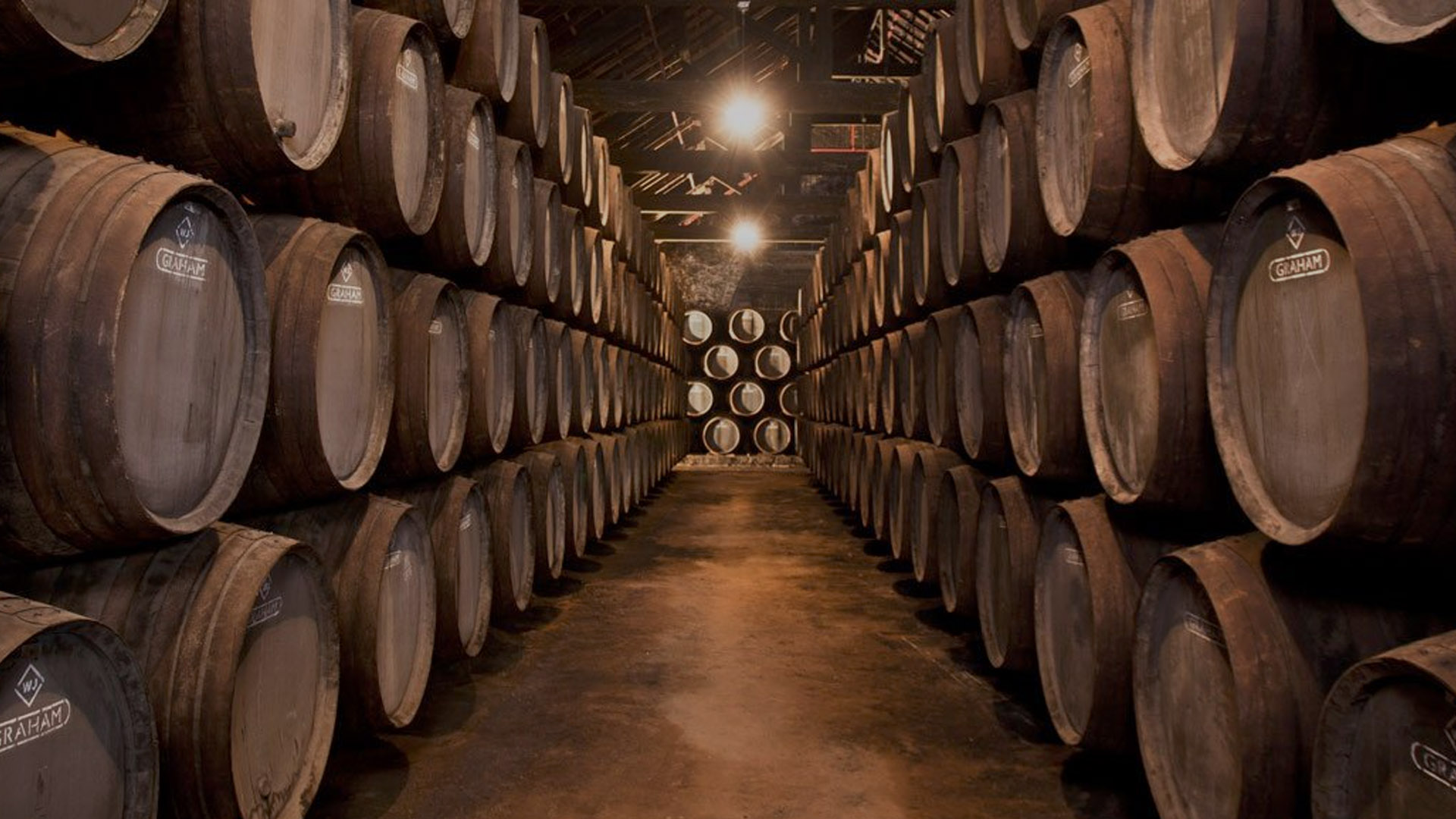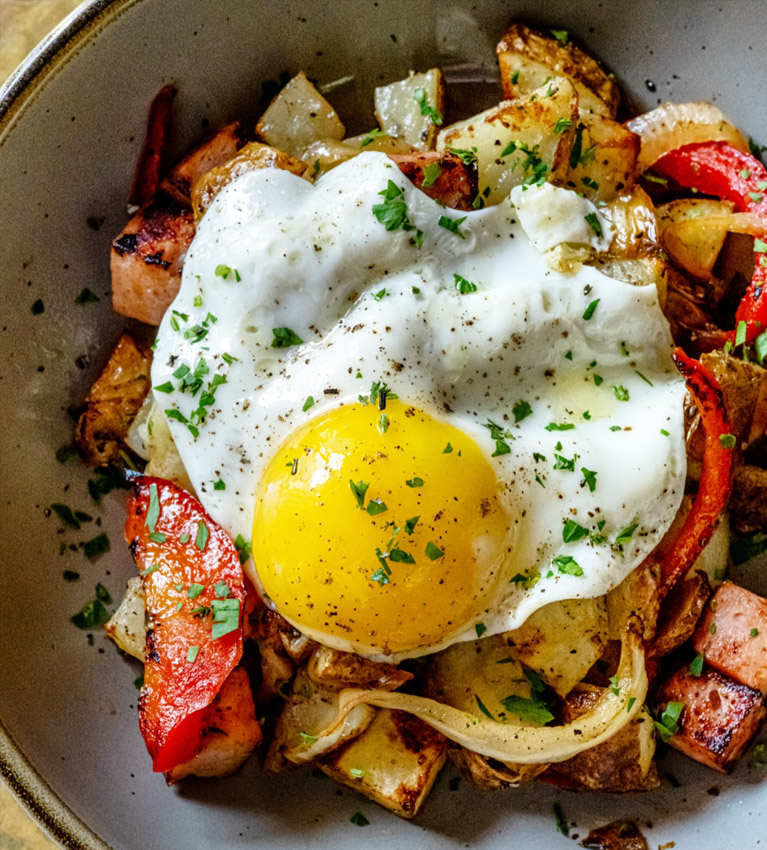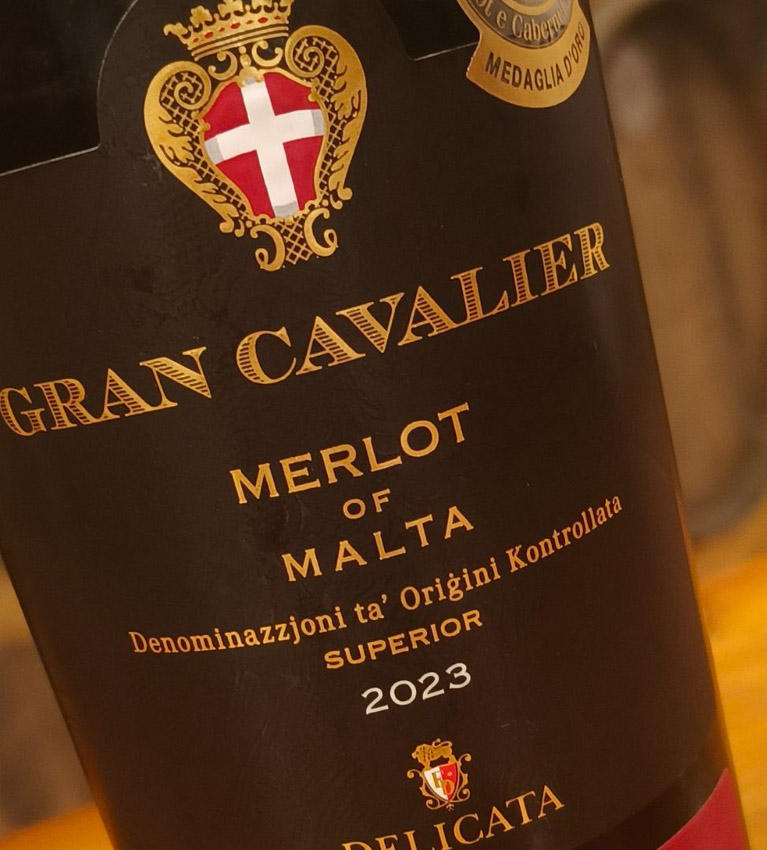
Discover the Universe of Port Wine

Acoustic Solutions in Commercial Spaces
April 25, 2024
Malta Tourism Authority Launches Malta Tourism Awards, beginning in 2025
April 27, 2024History
Wine production in the Douro region dates back to the Roman Empire, with the first port house established by Christiano Kopke in 1638, still operational today. The popularity of port wines soared in the late 17th century due to a special trade agreement between Portugal and England, leading to increased production in Douro.To preserve the wine during transport to England, brandy was added, revolutionising its longevity. Warre’s, founded in 1670, is the oldest British-owned port house, followed by others like Taylor, Fladgate & Yeatman, Sandeman, Croft, Quarles Harris, and Dow. Port wine has since become a cornerstone of Portuguese daily life and a significant export, constituting about 1/5 of Portugal's exports.
The modern port we enjoy today emerged around 1820, characterised by consistent production methods. Regulation began in 1756, marking it as one of the world's first demarcated wine regions. Today, Port originates exclusively from the Douro Valley, adhering to strict production laws.
What is Port wine?
Port is a fortified wine. Fortified wines are made by adding a proportion of grape spirit, or brandy, to the wine at some point during the production process. Port is arguably the greatest of all fortified wines and its paramount expression, Vintage Port, ranks alongside the finest produce of Bordeaux or Burgundy as one of the great iconic wines of the world. In the case of Port, the addition of the brandy takes place before the wine has finished fermenting. This means that the wine retains some of the natural sweetness of the grape, making it rich, round and smooth on the palate.How is Port made?
There are six main grape varieties, including Touriga Nacional, Touriga Franca, Tinta Roriz, Tinta Barroca, Tinta Cão, and Tinta Amarela, form the backbone of most Port types, each contributing distinct characteristics to the final blend. Additional grape varieties are often incorporated, enhancing aromatic charm, body weight, complexity, richness, and unique flavour profiles. Officially there are 110 varieties which are authorised to produce Port wine.After harvesting, the grapes undergo either traditional foot treading in stone lagares or mechanical crushing in large tanks. Fermentation lasts 1-4 days until about half of the sugars are converted to alcohol, at which point aguardente is added to halt fermentation and raise the alcohol content to around 20% ABV, leaving residual sugar. The wine then ages in stainless steel or wooden containers for a minimum of two years before being selected for quality and designated its Port type. Originating in the upper Douro Valley, Port derives its name from Oporto, its traditional export hub. Historically, transportation involved Barcos Rabelos boats down the Douro River to the lodges of Vila Nova de Gaia for ageing, blending, bottling, and shipping.
Fact: When you plant a new vineyard, you will need to wait 4 years before being able to produce Port wine.
What are the Styles of Port?
There are two main types of Port – those aged in a reductive way ‘The Ruby’ and those aged in cask or in oxidative way ’The Tawny’. The Tawny are designed to be consumed upon release, while the ruby need time to mature.White Port: White Port, Reserve White, White Port with an Indication of Age (10,20, 30, 40 years Old), White Colheita, Very Old White Port.
Rosé Port: The rosé was created in 2008 by Croft house.
Ruby Ports: Ruby, Reserve Ruby, Late Bottled Vintage Port (aka LBV), Crusted, Single Quinta Vintage Port, Vintage Port, Garrafeira.
Tawny Ports: Tawny, Reserve Tawny, Tawny Port with an Indication of Age, Colheita, Very Old Tawny Port
Can you drink Port with food?
Absolutely! Port wine is very versatile and can be paired with many kinds of food. It doesn't need to be consumed only during the festive season or special occasion. A bit like Champagne! Usually, it is served at the end of the meal with a selection of fine cheeses, dried fruits and walnuts. It can, however, be served chilled as a delicious aperitif such as Port Tonic.Tawny Port: Pair with spicy dishes like Indian or Thai cuisine to complement the sweetness and nuttiness of the Tawny Port. Serve alongside rich desserts such as crème brûlée or chocolate truffles for a delightful contrast of flavours.
Ruby Port: Enjoy with barbecue or grilled meats for a bold and flavourful pairing that balances the fruitiness of the Ruby Port. Try serving with dark chocolate-covered strawberries for a decadent dessert experience.
White Port: Mix with tonic water and a slice of lemon or lime for a refreshing Port Tonic, perfect for a summer afternoon. Pair with seafood dishes like ceviche or grilled shrimp for a light and refreshing combination.
Vintage Port: Serve with blue cheese and honey for an indulgent, sophisticated pairing that highlights the intensity of the Vintage Port. Enjoy alongside a cigar for a luxurious and indulgent experience.
How long does Port last once opened?
This subject is fundamental for me and my goal is to do my best to change the perception/ideas of hotels, restaurants, bars or even private consumers. You may not be aware that most wines will go off within a few days of opening, but Port can last for much longer, depending on the style. Vintage Ports are best consumed within a few days, but Reserve and Tawny Ports should last a few weeks or months.Before adding a Port wine by the glass, think properly!
| Vintage Port: | 2 to 3 days |
|---|---|
| LBV: | 4 to 5 days |
| Ruby/Ruby Reserve: | 8 to 10 days |
| Tawny/Tawny Reserve: | 3 to 4 weeks |
| Tawny with indication of age: | 1 to 4 months |
| Colheita: | 1 to 4 months |
| White Port: | 8 to 10 days |
Port is like any other wine, (except that it is fortified) it is a living product that changes with age. As such, it is very important to store your Ports in the best environment possible for optimal drinking pleasure.
Best declared Port vintages of the last 100 years:
2016, 2011, 2007, 2003, 2000, 1997, 1994, 1992, 1991, 1985, 1983, 1977, 1970, 1966, 1963, 1960, 1955, 1947, 1945, 1944, 1934, 1924
Few Port houses to know:
Graham’s, Taylor’s, Fonseca, Ramos Pinto, Quinta do Noval, Kopke, Niepoort, Sandeman, Ferreira, Croft, Cruz
Best declared Port vintages of the last 100 years:
2016, 2011, 2007, 2003, 2000, 1997, 1994, 1992, 1991, 1985, 1983, 1977, 1970, 1966, 1963, 1960, 1955, 1947, 1945, 1944, 1934, 1924
Few Port houses to know:
Graham’s, Taylor’s, Fonseca, Ramos Pinto, Quinta do Noval, Kopke, Niepoort, Sandeman, Ferreira, Croft, Cruz

Fabien Etienne
Fabien Etienne is the founder of Somm Escape Ltd, and is a professional sommelier and wine consultant based in Malta. He holds the esteemed 3rd level of the Court of Master Sommeliers and has been honoured with the ASI Gold Medal. He organises wine training, private master class as well as other bespoke wine services.
Social Media links: Facebook | Instagram
Click here to see Horeca Issue 15 online



